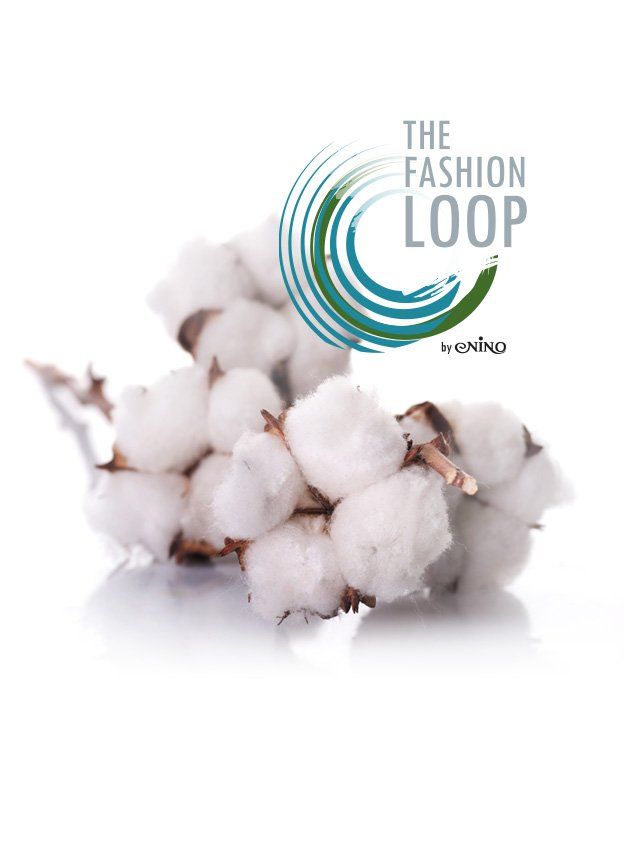Recycling?!
Around a quarter of the old clothes collected in Germany are recycled.¹ But in fact it is not about the recovery of fibres to make new clothes. The materials are mostly shredded and processed into cleaning rags or insulation and filler materials. Indeed this use is only a temporary extension of life, because ultimately these rags become garbage.
A so-called fiber-to-fiber recycling, i.e. the conversion of old materials
into usable yarns or fabrics for new clothing, hardly takes place at all.
There are several reasons for this: A major problem is identifying the
fibers. Because often the labels are cut out of the clothes.
And even if fabrics are recognized, the many fiber mixes, the composition of different fabrics, buttons, zippers and so on prevent economically viable separation.

Quality of fibers.
The mechanical separation of fibers - especially cotton and wool - is a technically established process,
but at the expense of quality. Larger amounts of new fibers have to be mixed in for usable yarns.
The recycling of synthetic fibers is much more limited, and only a few companies offer chemical
recycling of synthetic fabrics.
Chemical processes for reusing natural fibers are possible. Research and development for a
chemical conversion of cotton into viscose - both cellulosic-based materials - is currently receiving
a lot of attention and funding. However, none of the processes developed is economically viable.
The main problem is the high cost of recycled fibers compared to virgin material.
New business models are required urgently.
The way clothes are made, used and disposed of needs
an overhaul. Fashion brands need to produce higher quality
clothing that is durable, repairable, wearable by others and
ultimately fully recyclable. This calls for new business models
that promote these changes and corresponding systems in
production, retail, in stores, for reuse and recycling that
also support consumer behavior change.
A truly sustainable fashion industry must both - ...close the loop and slow down its pace.






